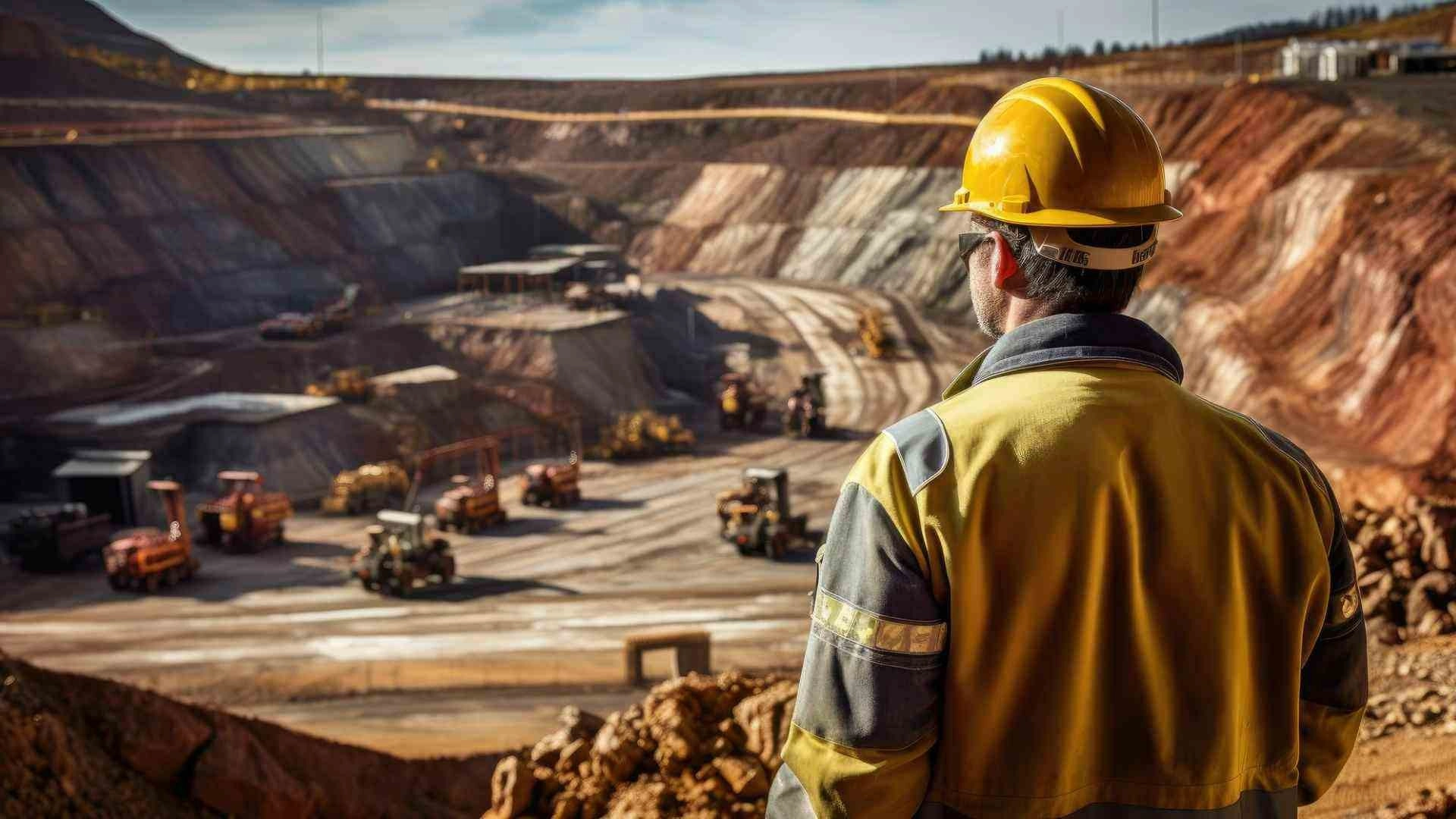- 151
How Is Mineral Exploration Conducted?
The exploration of mineral resources is a crucial step in driving a country's economic growth and unlocking its industrial potential. This process is not merely about discovering hidden underground resources, but also about evaluating their volume, quality, and extraction potential based on scientific and technical principles. A well-structured and phased exploration strategy ensures both technical success and economic feasibility.
The goal of mineral exploration is to determine the location, depth, boundaries, and quality of a potential deposit. This requires not only field observations but also the application of analytical and technological methods.
Initial Phase: Geological Mapping and Field Surveys
Exploration typically begins with geological mapping. In this stage, experts analyze the rock structure, geological formations, tectonic faults, and other features of the site. Archival data and results from past studies are also reviewed. Field geologists collect surface rock samples, observe anomalies, and identify potential exploration zones.
Based on these initial surveys, promising areas are selected for more detailed geophysical and geochemical investigations.
Advanced Analytical Phase
At this stage, fieldwork becomes more technical. Specialized instruments are used to measure parameters such as seismic activity, magnetic anomalies, and soil resistivity. These indicators help model subsurface structures and locate mineral concentrations.
Main steps in the exploration process include:
- Preliminary geological mapping and surface surveys
- Geophysical studies (electromagnetic, seismic, resistivity methods)
- Sample collection and laboratory analysis
- Geochemical testing and mineral composition evaluation
- Resource modeling and boundary estimation
- Drilling of exploration wells
- Preparation of technical reports and documentation
Each stage requires precision and compliance with local and international standards. Proper data acquisition is essential for assessing the economic value of the deposit in later phases.
Sampling and Laboratory Analysis
An integral part of the exploration process is sampling and testing. Rock and soil samples collected from the field are analyzed to determine their chemical composition, density, moisture content, hardness, and the presence of valuable components. These tests validate or refute earlier field assumptions.
Laboratory results obtained through high-precision equipment are used to decide whether the site is technically and economically viable for development.
Defining Boundaries and Resource Potential
The boundaries and volume of a deposit are determined using computer-based 3D modeling tools. These tools help visualize the underground layers and calculate the potential reserves.
Other important factors such as extraction technology, transportation access, and environmental impact are also considered at this stage.
GEO QAZMA's Role
At GEO QAZMA LLC, we offer a full suite of services for mineral exploration, from geological surveys to laboratory analysis, geophysical measurements, and final technical reporting. Our expert team ensures accuracy, efficiency, and regulatory compliance at every stage.
For any investment project to succeed, exploration must be performed with scientific rigor and technical precision. Backed by years of experience and advanced tools, GEO QAZMA provides reliable outcomes for partners looking to assess and develop mineral deposits.


